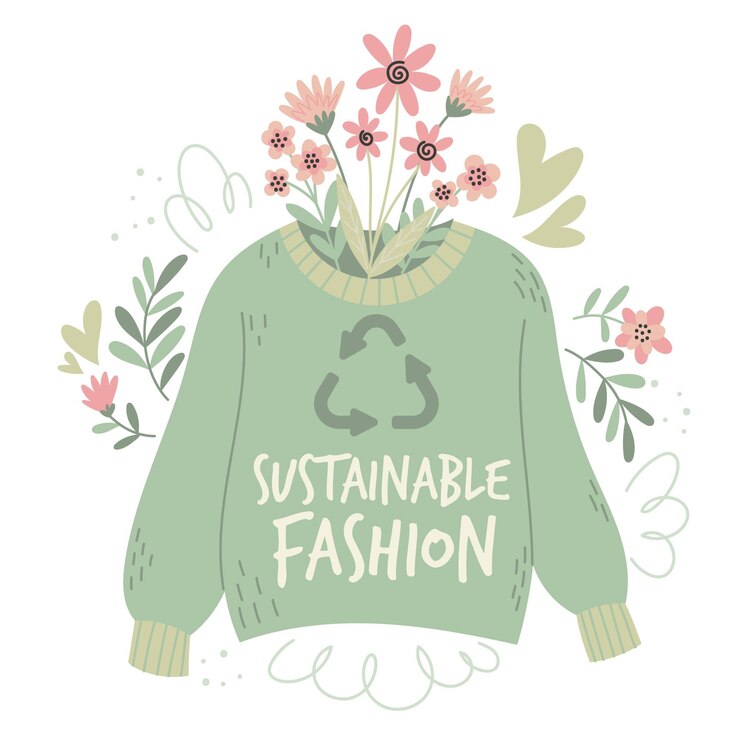
How to build a sustainable wardrobe on a budget
Sustainable fashion has gained momentum in recent years, but many people still associate it with high price tags. The truth is, you don’t need to spend a fortune to make eco-friendly choices. By adopting mindful habits and being strategic with your wardrobe, you can embrace sustainability without breaking the bank.
Audit your closet
Begin by taking a thorough inventory of your existing wardrobe. Pull out every item from your closet and drawers, and lay them out where you can see everything at once. This process helps you rediscover forgotten pieces and assess what you truly need. You might find that you already have the essentials and only require a few additions to refresh your style. Identifying items that need repair is also crucial; sometimes a missing button or a loose seam is all that stands between you and a wearable piece. By understanding what you own, you can avoid unnecessary purchases and focus on making the most of your current collection.
Define your style
Understanding your personal style is key to building a wardrobe that you’ll love long-term. Take some time to reflect on the outfits that make you feel confident and comfortable. Consider creating a mood board with images, colors, and textures that inspire you. This visual representation can guide your future purchases, ensuring they align with your aesthetic. Knowing your style helps you resist impulsive buys driven by fleeting trends, ultimately saving you money and reducing waste. It also makes shopping more purposeful, as you’re seeking items that complement your existing wardrobe.
Buy quality basics
Investing in high-quality basics forms the foundation of a versatile wardrobe. Look for well-made items like a tailored blazer, a classic pair of jeans, or a neutral-toned sweater. These pieces are timeless and can be mixed and matched with various outfits. While they might have a higher upfront cost, their durability means they’ll last longer, saving you money over time. Pay attention to the materials and construction; natural fibers like cotton, linen, or wool often wear better and are more sustainable than synthetic alternatives. Quality basics can elevate your style effortlessly, providing a polished look with minimal effort.
Embrace thrifting and second-hand shopping
Thrifting is not only budget-friendly but also an environmentally conscious way to shop. Second-hand stores, consignment shops, and online marketplaces offer a treasure trove of unique and affordable clothing options. You can find vintage gems, designer pieces, or everyday essentials at a fraction of the original price. Shopping second-hand reduces demand for new clothing production, which lessens environmental impact by conserving resources and reducing waste. Plus, the thrill of the hunt makes thrifting an enjoyable experience—you never know what interesting items you might discover.
Shop mindfully and prioritize need over trend
Before making a purchase, ask yourself if the item fulfills a genuine need or if it’s an impulse driven by current trends. Fast fashion capitalizes on rapidly changing styles, encouraging overconsumption. By focusing on your actual needs and personal style, you can make more deliberate choices. Opt for pieces that are versatile and can be styled in multiple ways, enhancing their value in your wardrobe. Mindful shopping also involves considering the ethical aspects of production, such as fair labor practices and sustainable materials. This approach not only conserves your budget but also supports a more ethical fashion industry.
Learn basic clothing care
Properly caring for your clothes can significantly extend their lifespan, keeping them looking new and saving you money in the long run. Familiarize yourself with the care instructions on garment labels. Simple practices like washing clothes in cold water, using mild detergents, and air-drying can prevent damage and fading. Learning basic sewing skills enables you to make minor repairs, such as fixing a loose hem or replacing a missing button. By maintaining your clothing, you reduce the need for replacements and contribute to sustainability by minimizing waste.
Host clothing swaps
Organizing a clothing swap with friends, family, or coworkers is a fun and cost-free way to refresh your wardrobe. Everyone brings items they no longer wear, and participants can exchange pieces. It’s an opportunity to find new-to-you clothing without spending any money. Clothing swaps promote sustainability by extending the life of garments and reducing the demand for new items. They also foster a sense of community and can be a social event where you share style tips and enjoy each other’s company.
Invest in sustainable brands when possible
Supporting brands that prioritize ethical and eco-friendly practices can make a positive impact on the fashion industry. Research companies that are transparent about their manufacturing processes, use sustainable materials, and ensure fair labor conditions. Certifications like Fair Trade, Global Organic Textile Standard (GOTS), or B Corp can help identify such brands. While items from these companies may be more expensive, consider them long-term investments in quality pieces that align with your values. Even occasional purchases from sustainable brands contribute to broader change and encourage more companies to adopt ethical practices.
Use wardrobe capsules
Creating a capsule wardrobe involves selecting a limited number of essential pieces that can be combined in various ways to create multiple outfits. This minimalist approach encourages thoughtful selection of versatile items, reducing the need for excessive clothing. A capsule wardrobe simplifies daily dressing decisions and highlights the importance of quality over quantity. It challenges you to be creative with styling and makes you appreciate each item’s role in your wardrobe. This strategy not only saves money but also aligns with sustainable living by promoting mindful consumption.
Borrow for special occasions
For events that require special attire, consider borrowing outfits instead of purchasing something new that you might wear only once. Friends or family members might have just the right dress or suit for the occasion. Alternatively, rental services offer a wide range of high-quality options for formal events at a fraction of the purchase price. Borrowing reduces the environmental impact associated with producing new garments and helps you save money. It also allows you to enjoy wearing something new and special without the long-term commitment.
